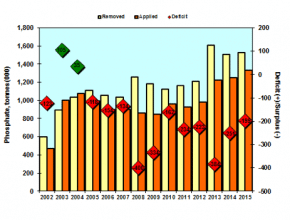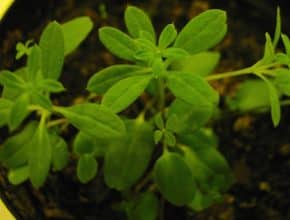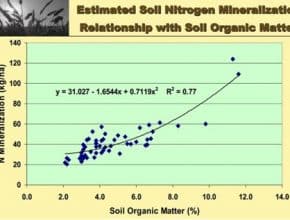Home / Canola Watch / March 17, 2016 - Issue 3
-
1. With phosphorus, ultimately the form you apply is less important than the amount you apply. Crop nutrition specialist Rigas Karamanos used the graph below to show the chronic under-application of P year after year…
-
A well-managed, systematic approach is the best strategy for bringing cleavers under control…
-
Seeding in March is way outside our sphere of experience, so even if the fields could be seeded, waiting until late April or May is still recommended. We still have lots of winter left for a potential cold and snowy snap — as demonstrated this week in many regions…
-
Know your fields and your yield expectations. Soils where N rates have not kept pace with N removal will need to be built back up to increase their productivity. Here is a review of N product options and how they become plant-available…
-
The UCC website has protocols and objectives for 2016 and results from 2015…
-
Swings from cold to warm temperatures this time of year can increase the storage risk for canola. Warm exterior temperatures and cooler canola will increase the rate of moisture migration inside the bin. Please check your bins…
-
Watch this new video called “Crop Protection Products and International Markets: What You Need to Know” to find out why you should consider MRLs when making pest management decisions. The video is posted at www.keepingitclean.ca/canola…
-
Soil surveys by the CFIA in 2015 found V. longisporum in Alberta, British Columbia, Manitoba, Ontario, Quebec and Saskatchewan. V. longisporum is related to V. dahliae, which causes wilt disease of potatoes and sunflowers, but V. longisporum symptoms in canola do not seem to cause yield loss at this time…
-
A big thank you to everyone who took the time to fill out the recent Canola Performance Trial (CPT) survey! Results are available through the attached PDF…



